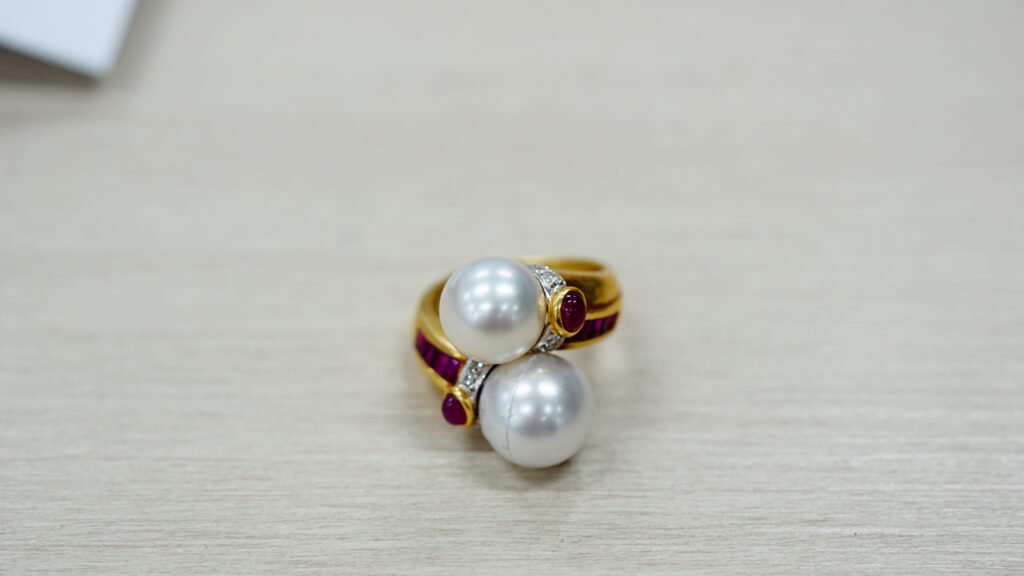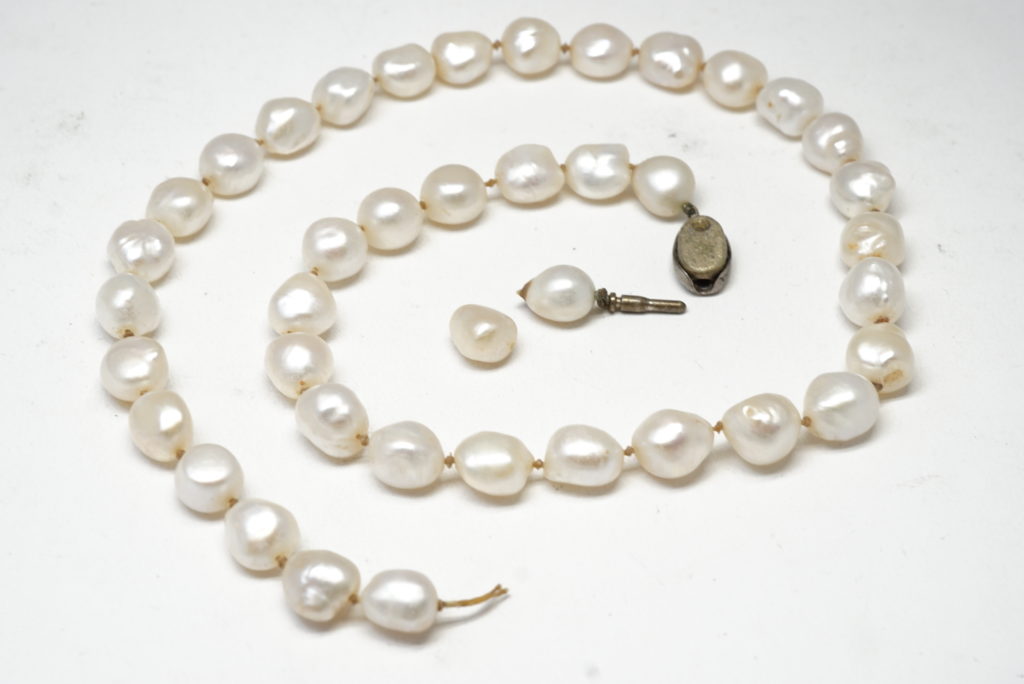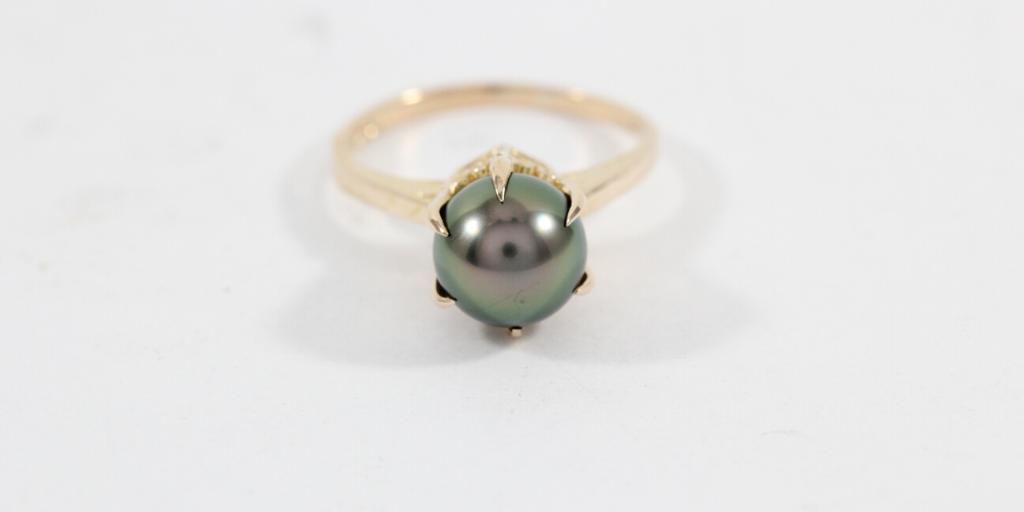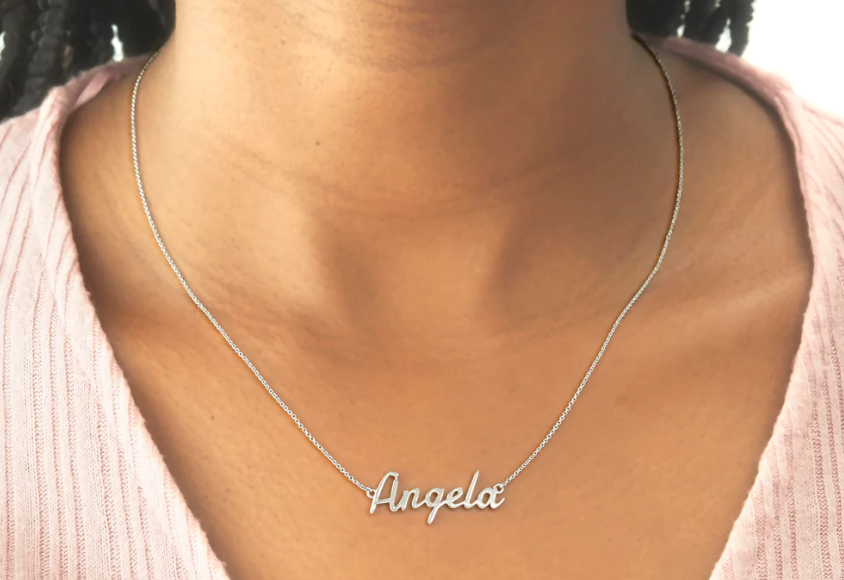What Are Organic Gemstones and What Makes Them Special?
Written by Anna Currell
August 30, 2023

When you think of gemstones, you probably think of diamonds, sapphires, rubies, and emeralds. Once they are mined from the earth, these sparkly stones are some of the most gorgeous materials to use in jewelry. But did you know that there are also other types of gemstones that don’t come from the ground? Organic gemstones come from living organisms, so it’s important to learn how to shop for them safely and sustainably. Buying and wearing organic gemstones doesn’t have to harm any wildlife or delicate ecosystems. In this article, we’ll explore everything there is to know about organic gemstones, including their unique properties and how to care for them.

What Are Organic Gemstones?
Organic gemstones are derived from living organisms or organic materials that have undergone significant biological or geological processes over time. Unlike traditional gemstones like diamonds, sapphires, or emeralds, organic gemstones are typically formed as a byproduct of a living thing’s natural life. Some examples of organic gemstones include coral, amber, pearl, and ivory. The unique processes that these materials undergo make them very different from their mineral counterparts in appearance, durability, and other distinguishing properties.
The Properties and Origins of Organic Gemstones
Because they’re created in different ways through unique natural processes, organic gemstones all have very different characteristics. Let’s take a closer look at a few of the most popular organic gemstones used in jewelry:
Coral
Coral is formed from the skeletal remains of marine organisms called coral polyps. These tiny organisms live in colonies and secrete a calcium carbonate substance to build their exoskeletons. Over time, as the coral colonies expand, new growth on top of their accumulated skeletons combine to form massive coral reefs. The red, pink, and white varieties of coral are the most popular in jewelry. However, since coral reefs are beautiful parts of our oceans and important players in underwater ecosystems, unsustainable coral harvesting can be harmful and dangerous to conservation efforts.

Amber
Amber is fossilized tree resin that can undergo millions of years of aging and geological compression. Initially, when a tree trunk is tapped or punctured, a sticky natural resin flows from the tree. Over time, that resin solidifies to become the hard brownish-yellow amber that is polished for use in jewelry. Natural amber can contain various inclusions because plant matter, insects, and other small organisms can get trapped in the resin as it hardens, providing valuable insights into ancient ecosystems.

Amber
Pearl
Pearls are formed within the soft tissue of certain mollusks, like oysters and mussels. When an irritant, like a grain of sand or a parasite, enters the mollusk's body, it secretes nacre, a combination of calcium carbonate and conchiolin, to coat the irritant and protect itself. Layer by layer, the nacre builds up over time to form a pearl. Pearls can vary in color, shape, and size, and their lustrous shine combined with their rarity makes them extremely valuable.

This antique ring is set with a Tahitian gray pearl.
Ivory
Ivory is derived from dentin, a hard tissue found in the tusks or teeth of certain animals, most commonly elephants, walruses, and hippopotamuses. Historically, ivory has been used for various purposes, including decorative carvings and jewelry. However, due to ethical and conservation concerns, the trade and use of ivory from endangered species are now either heavily regulated or banned completely.
Caring for Organic Gemstones
Organic gemstones may require special care and attention to preserve their appearance over time. Here are some of the best ways to take care of any jewelry featuring organic gemstones:
- Do not use an ultrasonic cleaner: Ultrasonic cleaners are helpful for many types of jewelry, but they aren’t safe to use with delicate materials like organic gemstones, which can be very soft and porous.
- Consult a professional jeweler: It’s important to contact your jeweler if you have any issues with your organic gemstone jewelry. If your pearl necklace breaks, for example, have it restrung by a jeweler who is trained to handle pearls with expert care.
- Keep stored in cool, dry, soft places: When you’re not wearing your organic gemstone jewelry, it’s best to keep it stored in a cool, dry, and soft place. Extreme temperatures and moisture can affect your organic gemstones, so keep them away from windows and out of bathrooms. A softly lined jewelry box is a safe bet, and keeping your pieces separate from each other will minimize damage from scratching against each other.
- Avoid exposure to lotions, perfumes, or hair products: Everyday chemicals are often too harsh for organic gemstones and can cause damage. When you’re getting ready for the day, put your organic gemstone jewelry on last so you can avoid spraying it with perfume, sunscreen, lotion, or hair products.
- Keep away from water: Counterintuitive as it may seem (as pearls and coral come from the water), water can damage your organic gemstones once they’re processed and polished for use in jewelry. Be sure to take off your delicate organic jewelry before showering, swimming, or exercising.
Knowing more about your jewelry can not only help you to take better care of your pieces, but it can also help you to appreciate them more. Now that you know how your organic gemstones were formed, be sure to treat them delicately. If your pearl necklace or bracelet breaks, our expert jewelers would be happy to help you secure your pearls safely on a new string.


